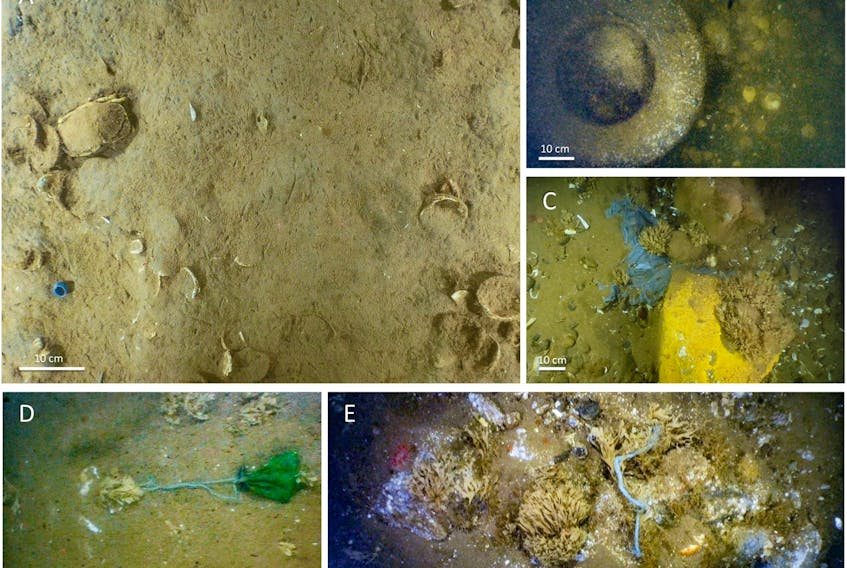A comprehensive new science assessment of plastic pollution research reveals how pervasive the materials are in our environment.
Environment and Climate Change Canada published The Draft Science Assessment of Plastic Pollution on Thursday. The document aggregates and analyses a wealth of research into large (macro) and very small (micro) pieces of plastics, their distribution and effects on the environment and wildlife and points out where further study is required.
"It is clear that plastic pollution is found everywhere in the environment," the executive summary says. "In Canada, single-use plastics make up the bulk of plastic litter that is found in freshwater environments. The most common litter items collected on Canadian shorelines include bottle caps, plastic bags, plastic bottles, straws, and cigarette butts. Large numbers of microplastic particles are also found in fresh and marine surface waters."
In the in-depth exploration of research, the document points out that water is the biggest route plastics pollution follows, with rivers being a key pathway and that "the majority of plastic pollution will eventually be transported to the ocean."
The pieces swept up in water accumulate in sediments on the bottom of water bodies and along beaches and shores. A wide range of sea life is accumulating pieces, mistaking them for food sources, even the smallest of creatures.
"Sinking fecal matter from zooplankton that have ingested microplastics represents a mechanism by which floating plastics can be vertically transported away from surface waters and into deeper waters and the benthos, thus providing food for sediment-dwelling biota," the assessment reports.
"Fecal pellets containing microplastics that reside at the sea surface for a prolonged period are also more readily available for ingestion by other organisms, resulting in the trophic transfer of microplastics."
Microplastics have been detected in a number of edible species of molluscs, including mussels, clams, oysters, scallops, and snails, the assessment says.
Risks from bigger pieces, termed macroplastics include entanglement, ingestion, and habitat impacts.
In the soil, research confirms that plastic can very slowly degrade but the conditions to facilitate that are not present in most cases.
Even currently available "bioplastic" alternatives that are meant to break down more easily don't actually show any "superiority" to conventional plastic, the report says.
"In landfills, the majority of plastics will not have direct access to oxygen," the science assessment says. "Little to no biodegradation of oxo-plastics is expected in deeper landfill layers."
For Marla MacLeod, director of programs with Halifax's Ecology Action Centre, the release of the report is important recognition of an issue that has been well-known.
"Plastic is very harmful to wildlife," MacLeod said on Friday. "We've known these impacts for a long time, so it's good to see that this is being recognized and it does look like, from the report, that they're also beginning to recognize the long-term impact of microplastic - those tiny bits of plastic as something degrades."
She also was pleased to see the research recognizing the harm inflicted on the environment and potentially human health.
"We've wanted to see plastic banned under the Canadian Environmental Protection Act and have plastic classified as a toxin, and regulating it as a toxin," MacLeod said.
"The report also mentions, again, what we need is the extended producer responsibility and so that is something we're looking at, again, to keep these out of the environment and to really regulate them."
She was intrigued about the results on the bioplastics.
"I think that's a really interesting piece because they have been less studied and now it does seem the research that's coming out is suggesting that they're just as bad - and in some cases worse - because our number one and number two plastics, we have markets for those and we can recycle them. These compostable plastics don't compost very well, they end up in the landfill and they can't really be recycled. So on some levels, they're actually much worse."
She hopes that the research will get people talking and spur action.
The science assessment concludes with recommendations for more research in several areas, including the goal of understanding the effects of human exposure to microplastics.









